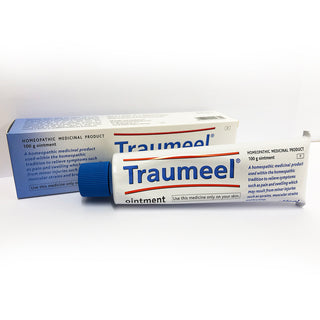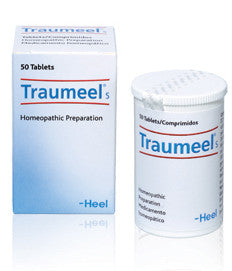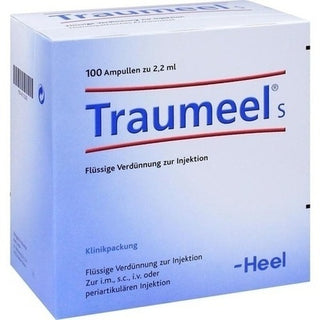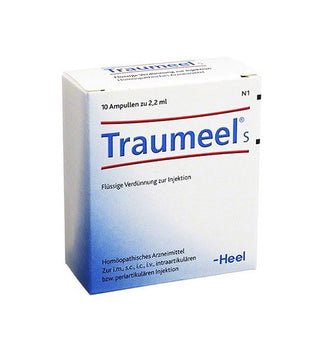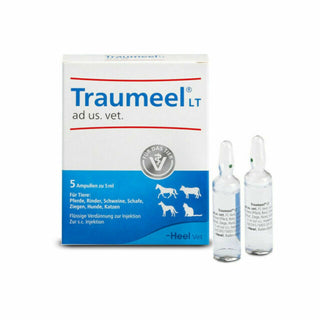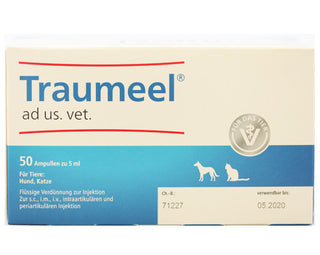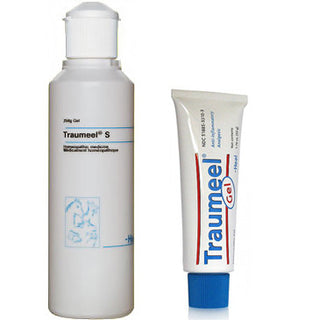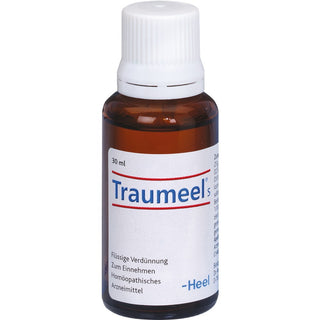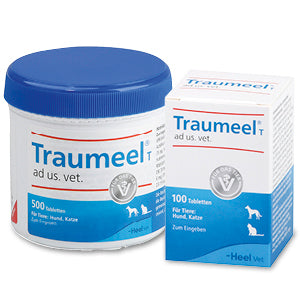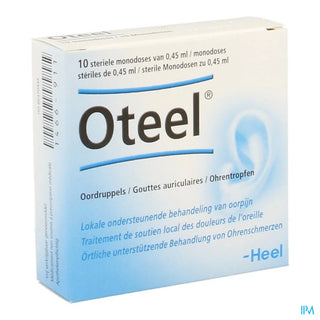Dr Hans-Heinrich Reckeweg founded the developed Homotoxocology therapy in 1948 - 1949
Dr. Reckeweg expanded what he termed homotoxicology into a medical theory with many innovative aspects. According to Reckeweg,
"Diseases are the expression of biologically purposeful defense mechanisms against endogenous and exogenous homotoxins or the expression of the organism’s effort to compensate for toxic damage it has sustained."
Understanding Homotoxicology, the basis and foundation of the homeopathic remedies manufactured by Heel, Dr Reckeweg and Guna will help to understand the process of the remedies and how to approach ailments and illnesses.

Homotoxicology - The Principle
Homotoxicology is based on the principle that diseases are caused by homotoxins. According to Dr. Reckeweg, illnesses are agent-determined reactive processes in which homotoxins can cause the body to react with inflammation.
He described a homotoxin as “any substance that creates a direct or indirect toxic burden in the human organism.” The target structure of the homotoxin is the extracellular matrix. The extracellular matrix or space acts as a molecular sieve between the capillary system, the lymph vessels, and the cells which are to be supplied with nutrients or have their waste removed. All substances and information reaching a cell are filtered through the molecular sieve of the extracellular matrix (ground substance). The sieve can become clogged, but can be restored to functionality through appropriate detoxification measures.
Homotoxicology represents a unique synthesis
of healing disciplines designed to strengthen the organs of detoxification and excretion, to remove the toxins accumulated in the extracellular matrix, to stimulate and modulate the immune system, and to regulate the whole by rebalancing the diseased body system. The methodology of homotoxicology differs from that of conventional medicine in that illness is viewed as much more than the mere presence of clinical symptoms.
Homotoxicological therapy approaches the patient as a whole.
It attempts to detoxify the body, to correct derailed immunological processes through immunomodulation, and to support cells and organs. Illness indicates that the body is trying to eliminate something that is toxic to it, and that the process of elimination will probably appear as disease if the goal is not reached easily. This concept is rather contrary to Western medical thought. The understanding of homotoxicology, coupled with the application of homeopathy, work to enhance the healing processes by removing toxicity, not by masking it. More often than not, allopathic drugs are designed to relieve symptoms rather than relieve the toxic burden that caused the symptoms. Even antibiotics, undeniably useful, but subjected to over-use, do not attack the original toxin, but the biological result of the toxicity.
Exogenous and Endogenous
According to Reckeweg, homotoxins are divided into two groups: exogenous and endogenous. Exogenous homotoxins are substances that originate outside the body, in the environment, and have a direct or indirect toxic effect on tissues, organs or regulation mechanisms.
Endogenous homotoxins are created by the body itself. These are mostly metabolic intermediary or end products such as acids and free radicals. These toxic substances that accumulate in the body become a burden when we can’t eliminate them through normal physiological processes.
In his treatises on homotoxicology, Reckeweg elaborated on this idea. Reckeweg's six-phase table describes the body’s reaction against homotoxins in six mechanistic defense phases. These phases are arranged into two categories: humoral and cellular, and are divided from each other by what is referred to as the “biological division.” Reckeweg described “progressive vicariation” of illnesses (deterioration, or disease progression) and “regressive vicariation" (healing). The following describes each phase of reaction to homotoxins and appropriate therapeutic strategies for regressive vicariation.
PHASES OF HOMOTOXICOSIS
Phases of Homotoxicosis as Described by Reckeweg
In the 6-Phase Table there are 3 general Phases: Humoral, Matrix and Cellular

6 Phases in Detail
a) The Humoral Phases – associated with diseases of disposition
1) Excretion Phase
In the Excretion Phase numerous bodily detoxification mechanisms are operating normally, since they have not been repressed by any endogenous or exogenous homotoxins. In this phase, toxins do not interfere with the epithelial cells of the mucus membranes but are inglobated and eliminated with the physiological secretions themselves. Expulsion of toxins occurs normally through the physiological orifices. Acute vomiting or diarrhea usually only requires fluid and electrolyte replacement.
2) Reaction or Inflammation Phase –
In the Reaction Phase the body expels the toxins that have entered it, usually by fever, diarrhea, and inflammation. In this phase, defense mechanisms are active, which may lead to symptoms. Symptoms, though annoying, become valuable signs that the organism is attempting to regulate towards recovery. It is rarely necessary or useful to suppress fevers and acute inflammations with allopathic drugs, such as the NSAIDS or anti-febrile medications. The use of anti-pyretic, anti-tussive, anti-diarrhea, anti-etc. drugs can lead to progressive vicariation and into a more advanced phase.
b) The Matrix Phases
3) Deposition Phase -
In the Deposition Phase, the body’s defense processes cannot manage to completely expel the toxins, which then are deposited into the connective tissue (mesenchyme), adipose tissue and throughout the vascular system. Cellular metabolic functions need stimulation for recovery and help in the release and gradual expulsion of toxin deposits.
Generally, within the first three humoral phases, the appropriate therapy can lead to true recovery, because the biochemical mechanisms of the cell are still not damaged. However, from this phase to the Impregnation Phase the organism does not have an efficient biological defense and withdraws energy away from detoxification to conserve energy for the vital organs.
4) Impregnation -
In this phase across the “biological division” or from the humoral phases into the cellular phases, there is the initial penetration of cells by toxins. These toxins interfere with enzymatic functions of the cell, and damage all-important cellular membranes. In the Impregnation Phase a “loco minoris restistentiae” exist. That being, there is usually a serious inflammatory illness (chronic inflammation) existing in “biologically less important tissue” (connective tissue) that leaves damaging after-effects.
Toxins collect around organ parenchyma. The tissue then reacts to the toxins with inflammation and attempts to isolate them in the fibers of the connective tissue. This ultimately results in damage to the organ itself. If the accumulation of toxins progresses and no detoxification phase is put into action, the connective tissue reaction and accumulation of toxins accelerates until it degenerates the organ structures.
That is why the allopathic strategy of passively waiting, or the administration of NSAIDS and cortisone, that suppresses the reaction to toxins, often fails. This type of “anti” therapy usually suppresses regulatory detoxification, may alter the permeability of the protective bowel barrier causing more antigenic load, and ultimately only move toxins around.
c) The Cellular Phases
5) Degeneration Phase –
In this phase, both organ structure and function is increasingly and irreversibly being damaged. There is a continued degenerative alteration of the cellular membranes, enzymes and in the genetic and organic structures of the cells. Toxin accumulation continues, which adds to the chronic inflammatory response. Toxins impregnate at a glandular level and especially thalamic level causing hormonal imbalances and reduced immunomodulating ability. Eventually the inflammatory defenses and cellular defenses are suppressed, causing a proliferation of anomalous cells of several organs and tissues. Improvement is possible, but full restoration and recovery of the organ function may no longer be possible, even with biologically orientated approaches such as anti-homotoxic and regenerative therapy. Through the support of cell functions, therapy is aimed at healing defects and improving regulation.
6) Neoplasm Phase -
Within the neoplasmatic phase, genetic material and cellular respiratory mechanisms are severely damaged. Oxidative free radicals foster further organ dysfunction and tissue degeneration. Cellular processes no longer oxidative become fermentative, causing aberrant cellular growth and alteration of the cellular genetic set. Aberrant cells are released into the general circulation. Generally the organism has severely reduced its reactive regulatory abilities. Essentially, this phase is the final consequence of the organism’s failure to control the accumulation of exogenous toxins. Sometimes the neoplasms follow a period of relative wellbeing and may come as a surprise to the individual. Generally, anti-homotoxic therapy, through its promotion of regressive vicariation, provides cancer patients with their best opportunity of restoring health.
Summary
Protocols for different phases of the patient can be found below:
Excretion and Detoxification Therapy Protocol
Two Tier Detoxification Programs - Basic & Advanced
Immune Stimulating, Immune Controlling - Immunomodulating

